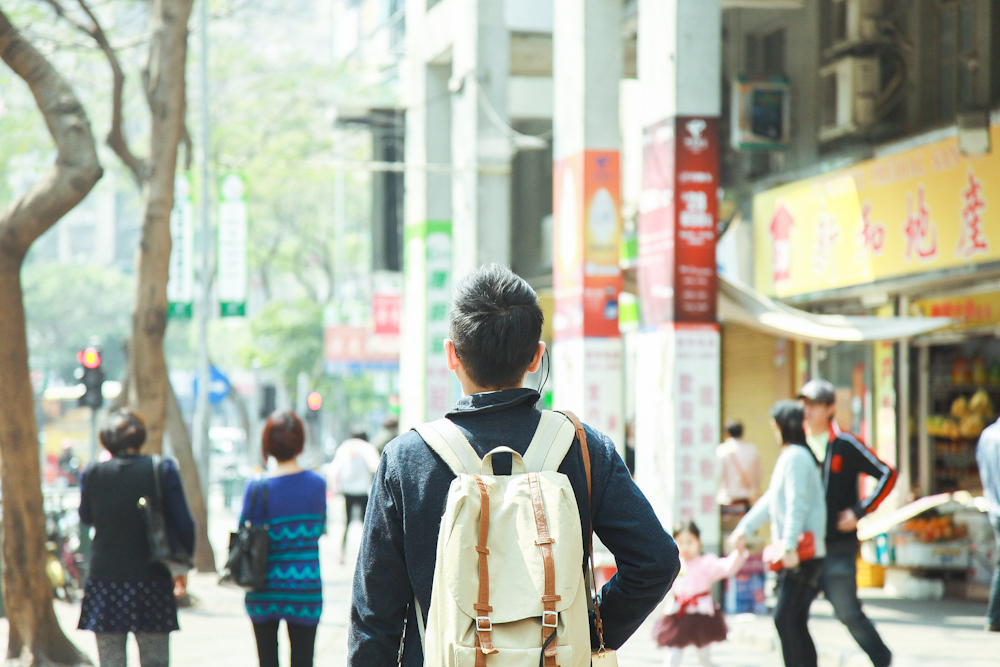Urban Code:
Flâneur
Sculpture
城市密碼:
漫遊者雕塑
(2014)
.
Artist Statement
“Flâneur is a cultural observer. He writes books and poetry and takes photographs, with the cultural aim of understanding the city, yet he never just looks at it from the surface. Instead, he experiences some things in depth.” – This is how Leo Lee Pu-Fan describes urban flâneur in the book The Flâneur in the City: Cultural Observations.
Urban Flâneur is a kind of city product. If there was no city, Flâneur could not exist. Flâneur treats the city as his dwelling, transforming a street corner into a study room and turning the bend in the road into a drawing room. While lingering, he observes the city. While wandering, he thinks things over. Such a kind of journey, city roaming ‘constitutes’ the vision in the mind of Flâneur, and he is interacting with, thinking over and introspecting with the city.
Just like Joseph Beuys said in Extended Concept of Art, the activity of Flâneur represents a sculptural process, shaping what he sees in the environment and social appearance into a sculpture.
A city comprises scenes – and scene has it opinion. Urban planner Anne Mikoleit explains this opinion with 100 direct observations and analyses in her book Urban Code: 100 Lessons for Understanding the City. These hidden mutuality and urban planning elements decide how people move, gather and stay in the city; as a result, the journey of Flâneur is conducted under capitalist urban planning.
In “Urban Code: Flâneur Sculpture”, the artist wander around different cities as Flâneur to observe the same objects and glean the same urban data, turning them into basic elements for his sculpture to create different sculptures of Flâneur as a text for understanding the relationship between Flâneur and urban planning.
Artist Statement
“Flâneur is a cultural observer. He writes books and poetry and takes photographs, with the cultural aim of understanding the city, yet he never just looks at it from the surface. Instead, he experiences some things in depth.” – This is how Leo Lee Pu-Fan describes urban flâneur in the book The Flâneur in the City: Cultural Observations.
Urban Flâneur is a kind of city product. If there was no city, Flâneur could not exist. Flâneur treats the city as his dwelling, transforming a street corner into a study room and turning the bend in the road into a drawing room. While lingering, he observes the city. While wandering, he thinks things over. Such a kind of journey, city roaming ‘constitutes’ the vision in the mind of Flâneur, and he is interacting with, thinking over and introspecting with the city.
Just like Joseph Beuys said in Extended Concept of Art, the activity of Flâneur represents a sculptural process, shaping what he sees in the environment and social appearance into a sculpture.
A city comprises scenes – and scene has it opinion. Urban planner Anne Mikoleit explains this opinion with 100 direct observations and analyses in her book Urban Code: 100 Lessons for Understanding the City. These hidden mutuality and urban planning elements decide how people move, gather and stay in the city; as a result, the journey of Flâneur is conducted under capitalist urban planning.
In “Urban Code: Flâneur Sculpture”, the artist wander around different cities as Flâneur to observe the same objects and glean the same urban data, turning them into basic elements for his sculpture to create different sculptures of Flâneur as a text for understanding the relationship between Flâneur and urban planning.
.
藝術家論述
「漫遊者是一個文化觀察者,他寫書、寫詩或攝影,他有一種文化的目的,他想瞭解這個城市,但他不是單看表面,而是可以感受到一些內裏的東西。」李歐梵在《都市漫遊者:文化觀察》如是解釋城市漫遊者(Flâneur)。
城市漫遊者是城市的產物,沒有城市,就沒有漫遊者;漫遊者將城市當成居所,把街角當成書房,把轉角幻化成客廳,在城市裏邊走邊看,邊閒逛邊思考。如此一種遊歷,漫遊城市構圖了漫遊者腦裡的眼光,他對城市築起了互動,或思考或反思。
就如Joseph Beuys 的「擴展藝術觀中」(Extended concept of art),漫遊者的行動是雕塑的過程,把其對環境和社會的面貌的眼光雕塑成型。
城市是由場景構成,而場景是有語法的;城市規劃師 Anne Mikoleit 在她的著作 《城市密碼:觀察城市的100個場景》(Urban Code: 100 Lessons for Understanding the City) 中藉由100個直接觀察和分析來解釋這種語法。這些隱藏的相互性,城市的規劃,決定了人們如何在城市裡移動、聚集和停留:於是漫遊者的遊歷似乎是在一種資本主義的都市規劃中進行。
《城市密碼:漫遊者雕塑》中,作者以漫遊者出發遊歷不同的城市,觀察一樣的事物,擷取一樣的城市數據, 以成為雕塑的基本,雕刻成不同的漫遊者雕塑,成為閱讀漫遊者和城市規劃之間的關係的文本。
藝術家論述
「漫遊者是一個文化觀察者,他寫書、寫詩或攝影,他有一種文化的目的,他想瞭解這個城市,但他不是單看表面,而是可以感受到一些內裏的東西。」李歐梵在《都市漫遊者:文化觀察》如是解釋城市漫遊者(Flâneur)。
城市漫遊者是城市的產物,沒有城市,就沒有漫遊者;漫遊者將城市當成居所,把街角當成書房,把轉角幻化成客廳,在城市裏邊走邊看,邊閒逛邊思考。如此一種遊歷,漫遊城市構圖了漫遊者腦裡的眼光,他對城市築起了互動,或思考或反思。
就如Joseph Beuys 的「擴展藝術觀中」(Extended concept of art),漫遊者的行動是雕塑的過程,把其對環境和社會的面貌的眼光雕塑成型。
城市是由場景構成,而場景是有語法的;城市規劃師 Anne Mikoleit 在她的著作 《城市密碼:觀察城市的100個場景》(Urban Code: 100 Lessons for Understanding the City) 中藉由100個直接觀察和分析來解釋這種語法。這些隱藏的相互性,城市的規劃,決定了人們如何在城市裡移動、聚集和停留:於是漫遊者的遊歷似乎是在一種資本主義的都市規劃中進行。
《城市密碼:漫遊者雕塑》中,作者以漫遊者出發遊歷不同的城市,觀察一樣的事物,擷取一樣的城市數據, 以成為雕塑的基本,雕刻成不同的漫遊者雕塑,成為閱讀漫遊者和城市規劃之間的關係的文本。
*This is one of works of “Cross-Strait Four Regions Artistic Exchange Project 2014 – Conforming to Vicinity”
“Conforming to Vicinity” Cross-Strait Four Regions Artistic Exchange Project
Organizer:
He Xiang Ning Art Museum
Macao Museum of Art
Pingtung Art Museum
University Museum and Art Gallery, The University of Hong Kong
Exhibitions:
Macau: Macao Museum of Art (26th March 2014 to 27th April 2014)
Taiwan: Pingtung Art Museum (16th May 2014 to 6th July 2014)
Shenzhen: He Xiang Ning Art Museum (26th July 2014 to 26th October 2014)
Hong Kong: University Museum and Art Gallery, University of Hong Kong (14th November 2014 to 1st February 2015)
Other Exhibitions:
“Minding the Digital”,Design Society,Shenzhen,China,2017
“Conforming to Vicinity” Cross-Strait Four Regions Artistic Exchange Project
Organizer:
He Xiang Ning Art Museum
Macao Museum of Art
Pingtung Art Museum
University Museum and Art Gallery, The University of Hong Kong
Exhibitions:
Macau: Macao Museum of Art (26th March 2014 to 27th April 2014)
Taiwan: Pingtung Art Museum (16th May 2014 to 6th July 2014)
Shenzhen: He Xiang Ning Art Museum (26th July 2014 to 26th October 2014)
Hong Kong: University Museum and Art Gallery, University of Hong Kong (14th November 2014 to 1st February 2015)
Other Exhibitions:
“Minding the Digital”,Design Society,Shenzhen,China,2017
*本作為《兩岸四地藝術交流計劃2014-因地制宜》作品之一
《因地制宜》
兩岸四地交流計劃
主辦:
何香凝美術館
澳門藝術博物館
屏東美術館
香港大學美術館
展覽:
澳門:澳門藝術博物館(二零一四年三月二十六日──四月二十七日)
臺灣:屏東市公所屏東美術館(二零一四年五月十六日──七月六日)
深圳:何香凝美術館 (二零一四年七月二十六日──十月二十六日)
香港:香港大學美術博物館(二零一四年十一月十四日──二零一五年二月一日)
其他展覽:
“數字之維”,設計互聯,深圳,中國,2017
《因地制宜》
兩岸四地交流計劃
主辦:
何香凝美術館
澳門藝術博物館
屏東美術館
香港大學美術館
展覽:
澳門:澳門藝術博物館(二零一四年三月二十六日──四月二十七日)
臺灣:屏東市公所屏東美術館(二零一四年五月十六日──七月六日)
深圳:何香凝美術館 (二零一四年七月二十六日──十月二十六日)
香港:香港大學美術博物館(二零一四年十一月十四日──二零一五年二月一日)
其他展覽:
“數字之維”,設計互聯,深圳,中國,2017
Installation
裝置
裝置





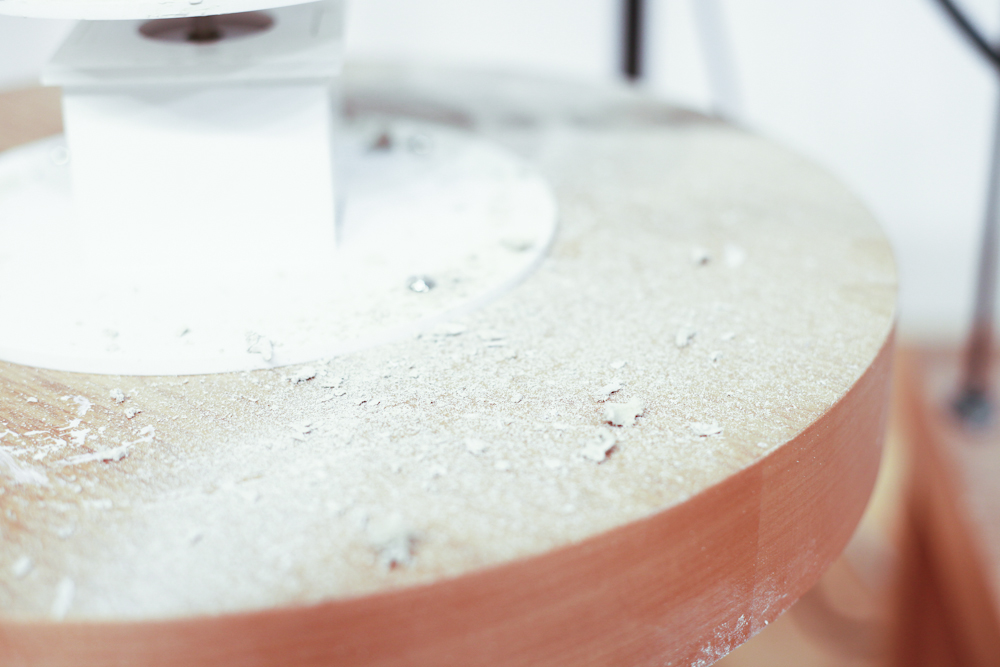
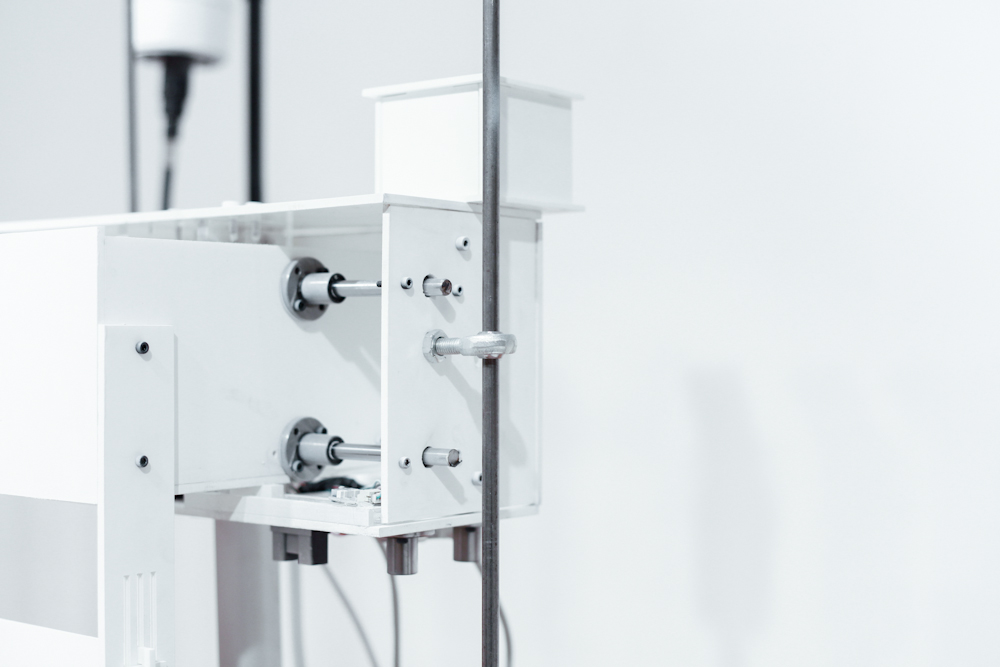
Exhibition
展覽
展覽

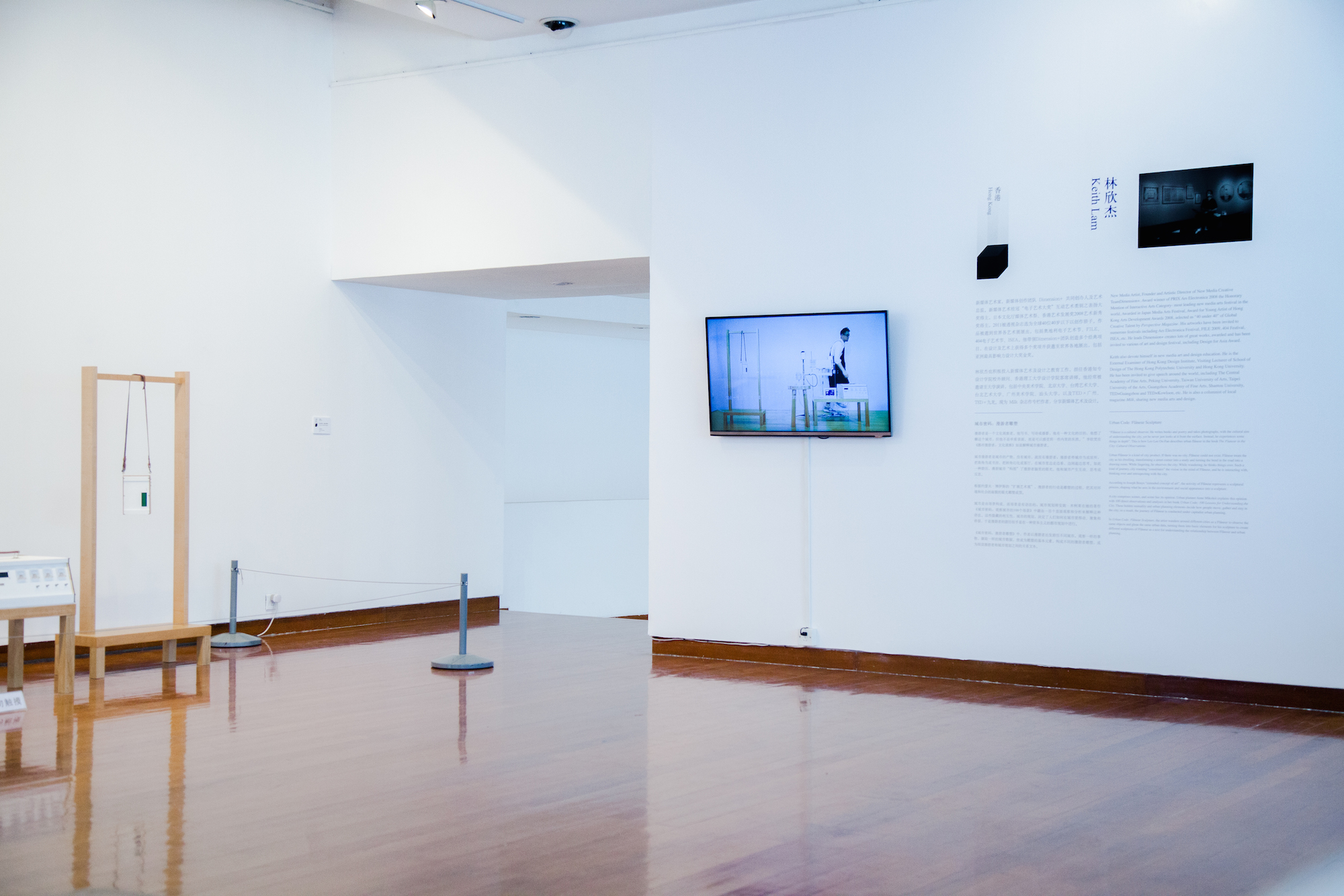

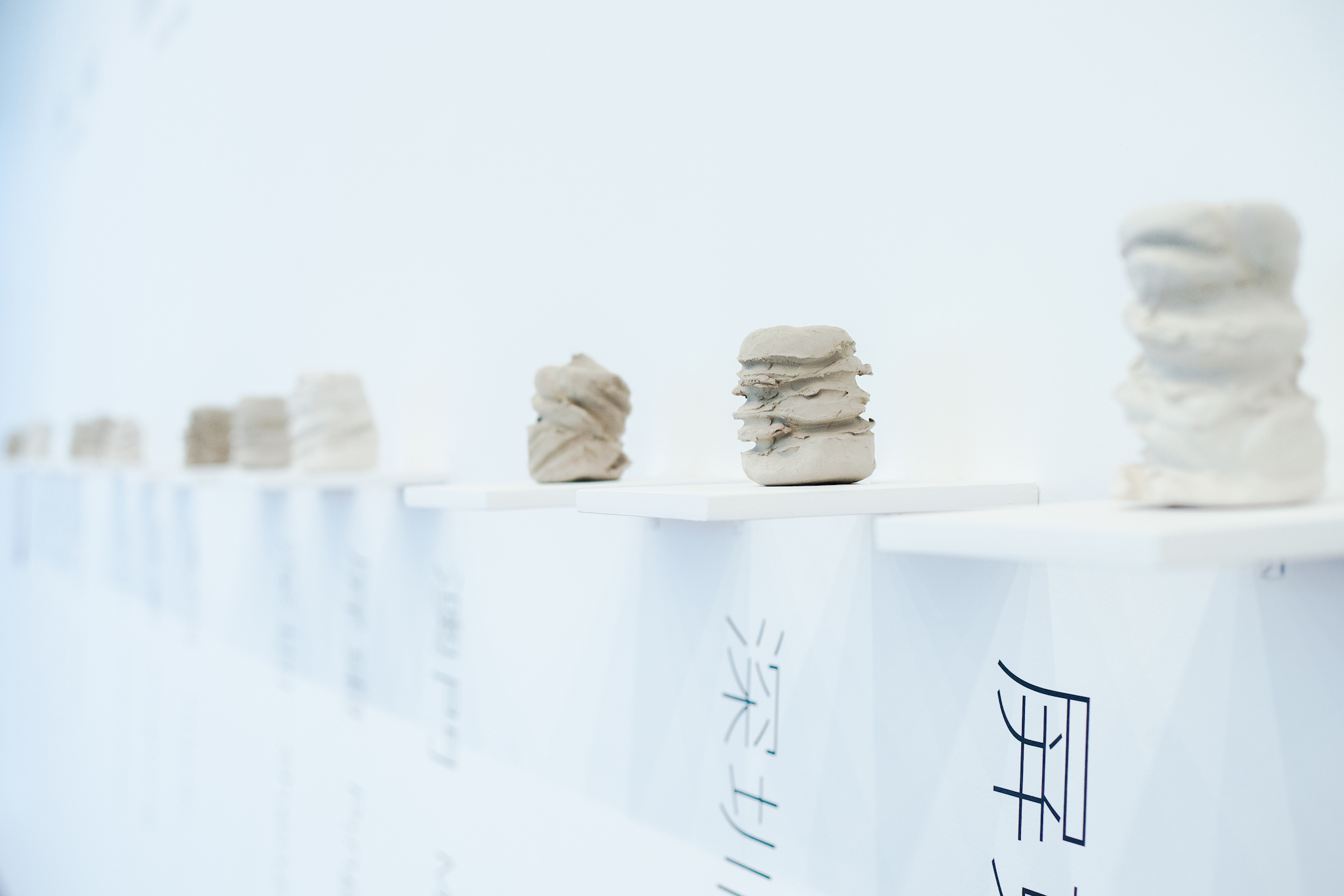
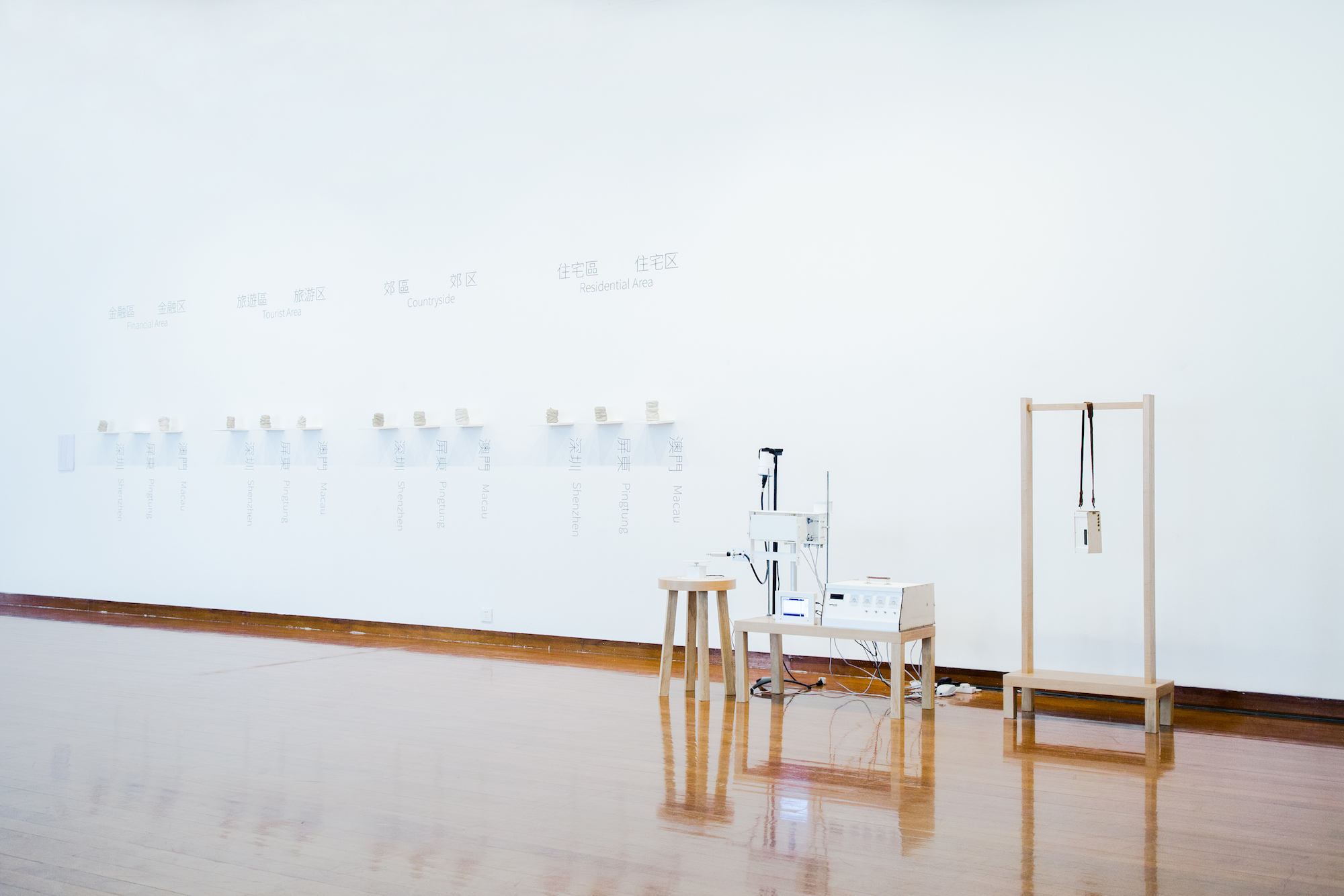
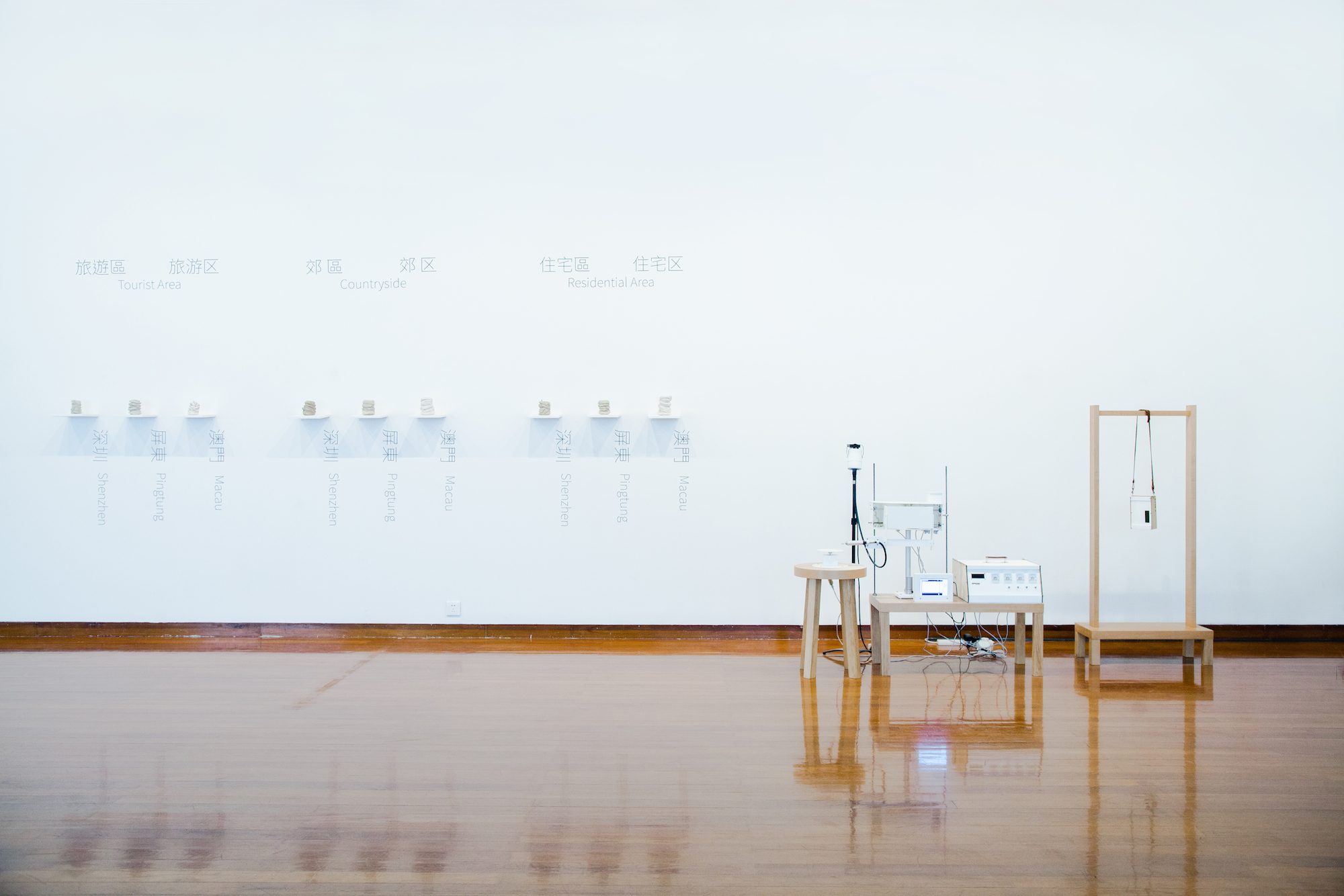
Sculpture
雕塑
雕塑



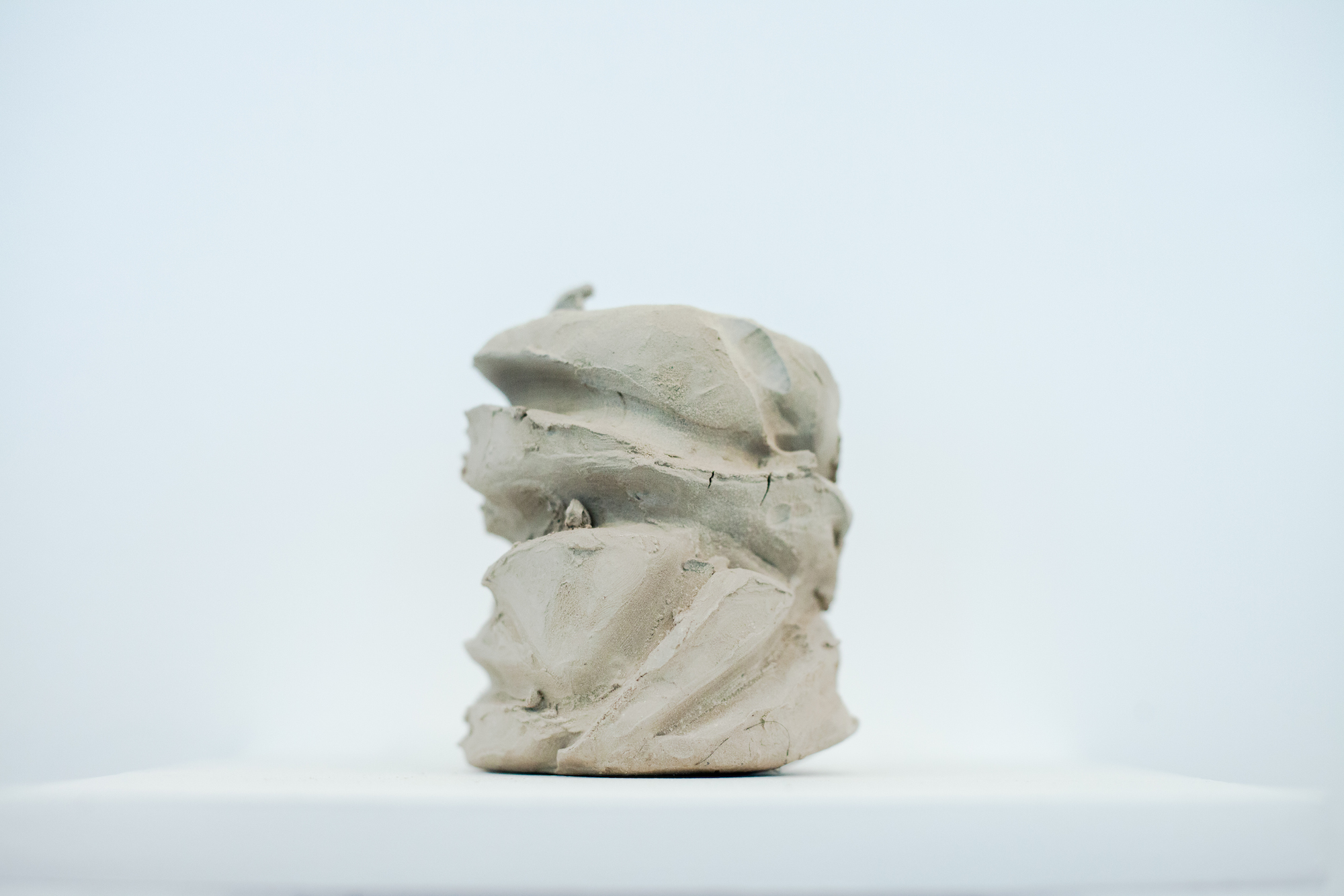
Flâneur
漫遊者
漫遊者




